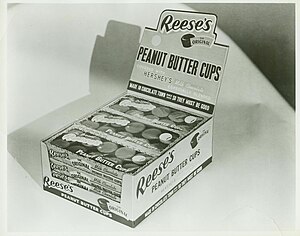Searching for a new way to present and increase product sales? It may be time to rethink your display approach. The two major factors altering the game for POP display designs in 2011 are improved economic conditions for the retail sector and increased consumer interest in sustainable packaging.
Stronger Retail Sales Affect POP Display
Retail conditions are trending upward. Retail conditions improved slightly in 2010 compared to 2009, which was significantly improved over a disastrous 2008. Same store sales and new store openings are cautiously rising, causing the competition for shelf and floor space to heat up. Accordingly, eye catching and space saving designs for POP display will be crucial. Eye-catching displays are essential to keep merchandise moving and a space saving design provides the essential storage alternatives as product demand rises. Time to grab attention and boost sales.
Consider the psychology of color. Point of Purchase displays spark impulse buying is a well believed and applied retail practice. However, using appropriate colors with pop displays increases the emotion of the impulse, and more often the sales. Consider the following colors and associated emotions when choosing a point of purchase display.
Black – A powerful color that may provoke a submissive response.
White – Suggests sterility, cleanliness, efficiency.
Red – The most powerful color, red tends to provoke strong responses of aggression or love, and always commands attention.
Blue – A reassuring, dependable color that instills confidence and calm.
Orange – Widely perceived today as a friendly and exciting color.
Pink – Suggests youth and freshness.
Green – Long associated with money and a solid financial foundation, green has come to suggest earthiness and eco-friendliness in the marketplace.
Yellow – Yellow is an energetic color, but also suggests caution.
Eco Friendly POP Displays
While public concern for the environment has grown more widespread than ever. Moreover, the massive oil leak in the Gulf this past year has taken concern to a completely new level here in the USA.
Now is the time to design sustainability into point of purchase displays. Replacing plastic components with paper based materials while being mindful to reduce the amount of paper-based materials in the design. Utilize high post consumer recycled waste content paper based materials rather than virgin materials. Investigate different types of paper materials as an alternative to corrugated, such as molded pulp material. In all probability, not only will these steps reduce the cost of POP displays but also present displays that are more appealing to consumers.
In summary, think outside the box and ahead of the competitors. Appeal to the current consumer trends and expectations. Utilize POP displays with attention-grabbing designs that are constructed of sustainable materials to boost in-store sales.
Related articles
- Biz Chick Gets Schooled: 4 Important Lessons Learned from Networking (bizchickblogs.com)
- i Display to Present its New Product Lineup At Euroshop 2011 Retail Trade Fair (prweb.com)
- 15 Hot Mobile Apps for Biz Chicks (and Dudes!) (bizchickblogs.com)



